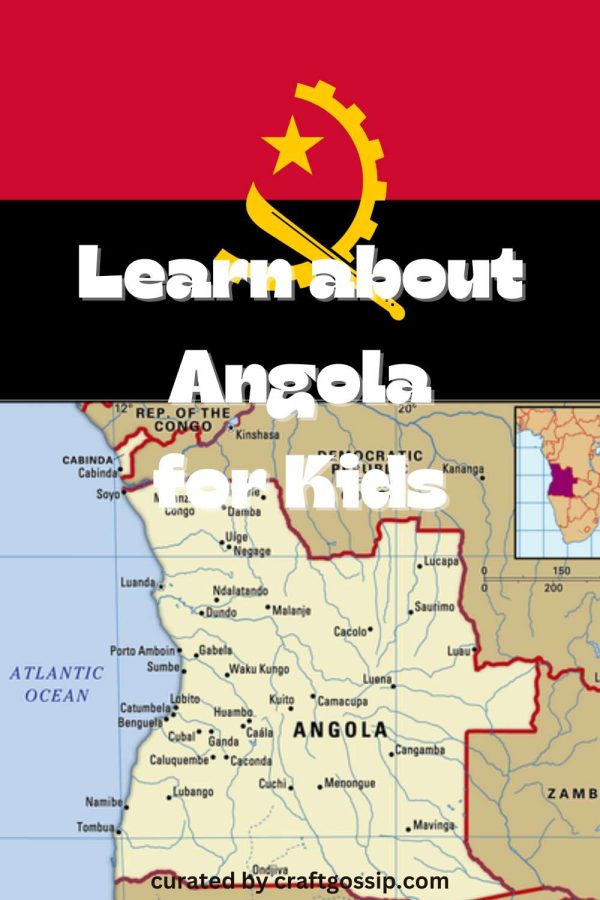Color can influence moods whether we’re conscious of it or not. Certain colors create energy which can be positive or negative. Like flowers, candle colors have meanings and have long been used for color therapy by many religions.
- Red is known for stimulating the appetite which is why many restaurants use the color. It can also have sexual connotations and energizes and invigorates. Red is also associated with fertility, protection and power.
- Pink is obviously a softer color and like flowers denotes love, morality and friendship.
- White represents purity and honesty. If you’re in doubt on which color to use, white should be safe.
- Orange symbolizes encouragement, stimulation and energy.
- Yellow is said to be harmonious and can calm anxiety. I’ve noticed a lot of kitchens painted yellow.
- Gold is a color of wealth, understanding and energy.
- Green is not only associated with money but fertility, luck, calmness, healing and peace.
- Blue is soothing and good to promote patience as well as tranquility. If you’re trying to overcome something this is a good color to use. Light blue is peaceful and harmonious and achieves a gentler mood than dark blue.
- Purple is for strength, spirituality, power and meditation. I recall seeing this color a lot in church.
- Brown is a steady stable color and is good for grounding as well as protection and healing. Brown is also for concentration and one to use for studying.
- Black does not have to just signify negativity and endings. It is also the color for new beginnings and can protect by absorbing negative energy as well as aid one in mourning.
I found a site that breaks down colors in more detail and also gives astrological references as well as gemstones, planets, scents and herbs if you’re interested in reading more about it.
There’s a fun color quiz if you’re interested in seeing how certain colors can cause an emotional response. It seemed to peg me today as it says I continue to persevere despite opposition and I’ve been fighting a cold.
